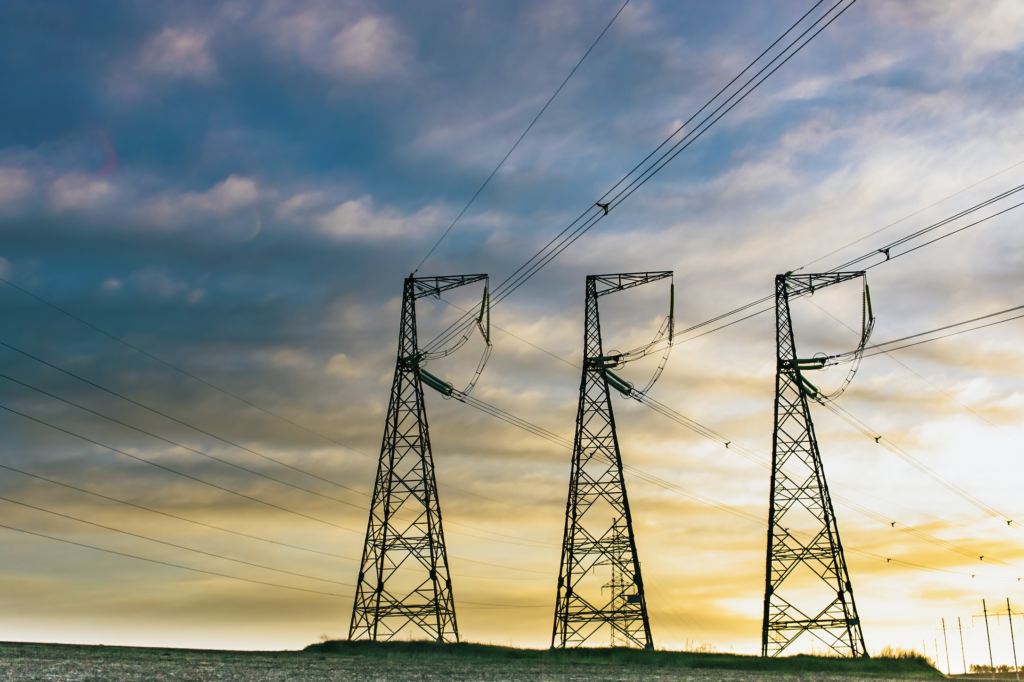Geopolitics of Pipeline Politics
Energy conflicts are not simply about oil barrels or LNG cargoes, they are about power, security, and survival. As the global energy transition accelerates, fossil fuels will remain central to conflicts, but new resources like critical minerals and green technologies are likely to join the battleground.
